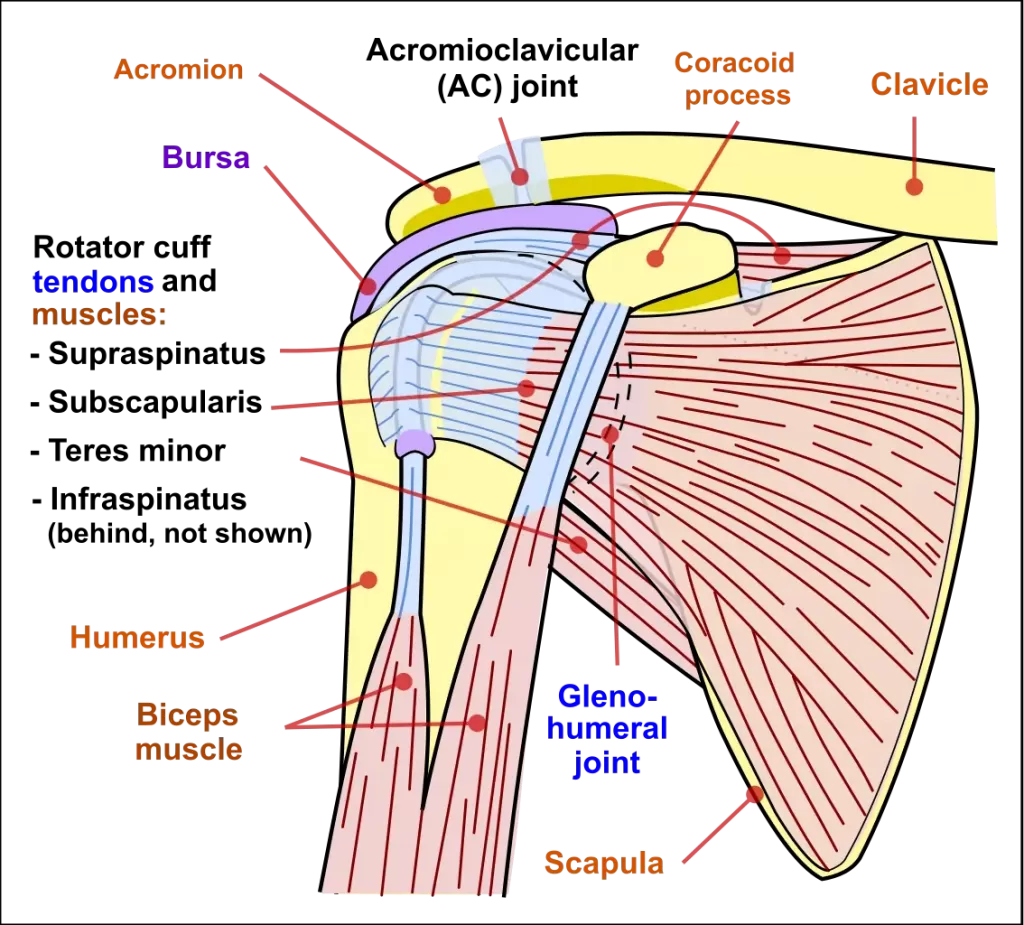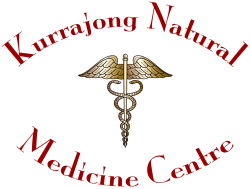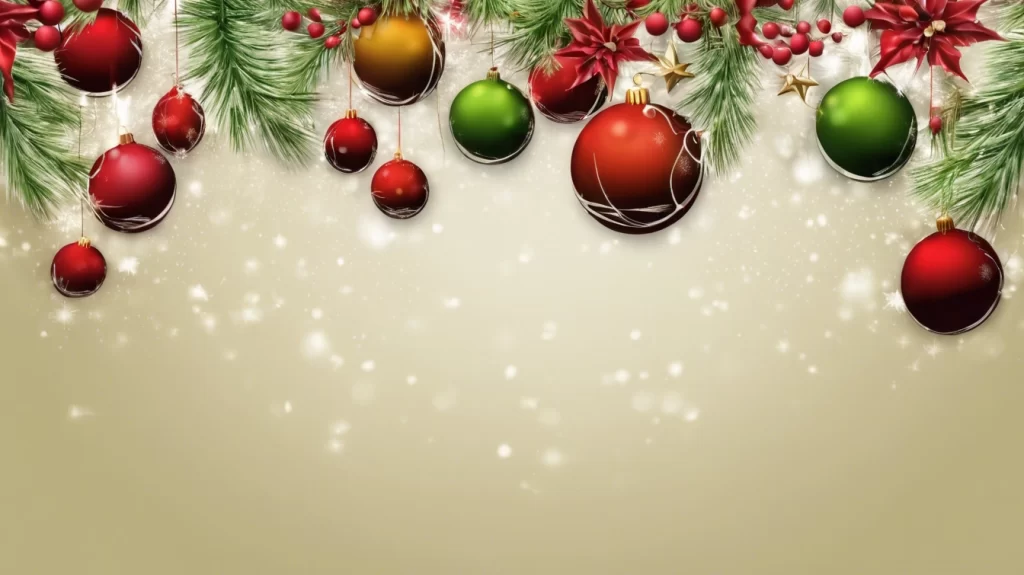Shoulder Pain/Shoulder Impingement Syndrome
What is Shoulder Pain/Shoulder Impingement Syndrome (SIS)?
Shoulder pain is a common presenting complaint and affects approximately one-third of people at some point in their lives.
Such pain may lead to the impairment of shoulder joint function and to severe reduction in quality of life. Shoulder impingement syndrome (SIS), which is defined as the compression of the rotator cuff and the subacromial bursa, is considered to be one of the most common causes of shoulder pain. The typical sign of SIS is pain localised to the anterolateral acromial area, which may also radiate to the lateral mid-humerus [1].
There are three joints in the shoulder: the scapulo-humeral joint, the acromio-clavicular joint and the sterno-clavicular joint, the first two being the most important ones in shoulder pain [2]. In addition there are four major muscles involved in the movements of the shoulder, they are the suprasinatus, subscapularis, terese minor and infraspinatus. There are also other minor muscles that work in conjunction with the four major muscles.

- Structural factors: Certain anatomical features, such as a curved or hooked acromion (part of the shoulder blade), can reduce the space available for the tendons and bursa, leading to impingement.
- Overuse or repetitive activities: Repeated overhead movements or activities that involve repetitive shoulder motions, such as throwing or swimming, can strain the tendons and contribute to impingement.
- Muscle imbalances: Weakness or imbalances in the muscles surrounding the shoulder joint can alter the mechanics of the joint and increase the risk of impingement.
How Does Traditional Chinese Medicine (TCM) view Shoulder Pain
From a Chinese medicine perspective, pain in the shoulder may be due to either external causes or internal ones (organ pathologies) [2].
External causes include:
1. Invasion of External Cold
Invasion of the shoulder channels by external Cold is one of the most common causal factors. Cold contracts muscles, ligaments and/or tendons and therefore causes pain and stiffness in the joint and surrounding tissues. Typically, the pain would be aggravated by exposure to cold or when the weather is cold and damp. The local invasion of Cold leads to stagnation of Qi (the body’s own bio-electricity) in the shoulder channels (Sanjiao, Large Intestine and/or Small Intestine) and if the Cold is not expelled, the stagnation can become chronic. This will cause pain and also predispose the channels to further invasion of Cold, thus starting a vicious circle.
2. Excessive work or exercise
The constant repetition of a movement (repetitive strain) involving the shoulder joint, either through a particular sport or through work, will, over the years, lead to local stagnation of Qi in the shoulder.
3. Accidents
Minor accidents cause local stagnation of Qi, while serious ones may cause stagnation of Blood and Qi. Very often, old injuries from accidents predispose the shoulder joint (or any joint) to invasion of Cold years later.
Internal Causes Include:
Qi and Blood Stagnation: TCM believes that when Qi and blood circulation becomes stagnant or blocked in the shoulder area, it can lead to pain and discomfort. This stagnation can be caused by factors such as poor posture, trauma, or chronic tension.
Deficiency of Qi or Blood: TCM also considers underlying deficiencies in Qi or blood as a contributing factor to shoulder pain. Qi and blood deficiencies can weaken the muscles, tendons, and ligaments, making the shoulder more susceptible to pain and injury.
Channel Imbalances: TCM views the body as having a network of meridians through which Qi flows. Each meridian is associated with specific organs and areas of the body. Shoulder pain can be linked to imbalances or blockages in the meridians connected to the shoulder, such as the Large Intestine, Small Intestine, and Gallbladder meridians.
Emotional Factors: TCM recognizes the impact of emotions on physical health. Emotional stress and tension can affect the flow of Qi and blood, leading to shoulder pain. For example, chronic stress or unresolved emotional issues may contribute to shoulder tension and discomfort.
Several studies have shown acupuncture to be a safe and effective treatment for shoulder pain [3,4,5].
At Kurrajong Natural Medicine Centre our highly qualified and experienced team of practitioners are happy to develop a personalised treatment programme with you. Simply call (02) 4573 0784
What You Can Do to Help Yourself
Below are some things your can do that may be helpful:
Herbal remedies: Certain herbs and supplements may possess anti-inflammatory or analgesic properties. Examples include turmeric, ginger, boswellia, corydalis, myrrh, frankincense, bromelain and others. However, it’s crucial to consult a qualified herbalist or TCM practitioner before trying any herbal remedies.
Topical applications: Applying topical creams, gels, or ointments containing ingredients like capsaicin, arnica, or menthol may provide temporary pain relief. These substances may help alleviate pain by numbing the area or reducing inflammation. Follow the instructions and precautions on the product label.
Acupuncture: Acupuncture involves inserting thin needles into specific points on the body to promote pain relief and overall well-being. Acupuncture stimulates the nervous system, releases endorphins (natural pain-relieving chemicals), and improves blood circulation. This helps to reduce inflammation, promote healing, and provide pain relief. Studies have shown acupuncture to be helpful in treating both acute and chronic pain.
Massage therapy: Gentle massage and passive movements of the shoulder area may help relieve tension, improve circulation, and reduce pain. Consider seeking the services of a qualified remedial massage therapist who has experience in treating shoulder joint issues.
Heat and cold therapy: Applying a heat pack or using a warm towel on the affected shoulder can help relax muscles and increase blood flow, providing temporary relief. Cold therapy, such as using an ice pack, can help reduce inflammation and numb the area. Alternate between heat and cold therapy, but be cautious not to apply extreme temperatures directly to the skin.
References
1. Dong, W., Goost, H., Lin, X. B., Burger, C., Paul, C., Wang, Z. L., Zhang, T. Y., Jiang, Z. C., Welle, K., & Kabir, K. (2015). Treatments for shoulder impingement syndrome: a PRISMA systematic review and network meta-analysis. Medicine, 94(10), e510. https://doi.org/10.1097/MD.0000000000000510
2. Marciocia, G. (1994) The Practice of Chinese Medicine: The Treatment of Disease with Acupuncture and Chinese Herbs, Edinburgh: Elsevier Churchill Livingstone.
3. Shi, G. X., Liu, B. Z., Wang, J., Fu, Q. N., Sun, S. F., Liang, R. L., Li, J., Tu, J. F., Tan, C., & Liu, C. Z. (2018). Motion style acupuncture therapy for shoulder pain: a randomized controlled trial. Journal of pain research, 11, 2039–2050. https://doi.org/10.2147/JPR.S161951
4. Yan, C. Q., Huo, J. W., Wang, X., Zhou, P., Zhang, Y. N., Li, J. L., Kim, M., Shao, J. K., Hu, S. Q., Wang, L. Q., & Liu, C. Z. (2020). Different Degree Centrality Changes in the Brain after Acupuncture on Contralateral or Ipsilateral Acupoint in Patients with Chronic Shoulder Pain: A Resting-State fMRI Study. Neural plasticity, 2020, 5701042. https://doi.org/10.1155/2020/5701042
5. Lee, J. A., Park, S. W., Hwang, P. W., Lim, S. M., Kook, S., Choi, K. I., & Kang, K. S. (2012). Acupuncture for shoulder pain after stroke: a systematic review. Journal of alternative and complementary medicine (New York, N.Y.), 18(9), 818–823. https://doi.org/10.1089/acm.2011.0457
Disclaimer
Disclaimer information for users of the Kurrajong Natural Medicine Centre, Namaste Yoga Kurrajong and The Herbal Health Coach website.
Page last updated: 24th June 2023
Information provided for education and research information only
The information on this website is presented by Kurrajong Natural Medicine Centre for the purpose of disseminating health information free of charge for the benefit of the public.
While Kurrajong Natural Medicine Centre has exercised due care in ensuring the accuracy of the material contained on this website, the information on the site is made available on the basis that Kurrajong Natural Medicine Centre is not providing professional advice on a particular matter.
This website is not a substitute for independent professional advice. Nothing contained in this site is intended to be used as medical advice and it is not intended to be used to diagnose, treat, cure or prevent any disease, nor should it be used for therapeutic purposes or as a substitute for your own health professional’s advice.
Kurrajong Natural Medicine Centre does not accept any liability for any injury, loss or damage incurred by use of or reliance on the information provided on this website.
Quality of information
Kurrajong Natural Medicine Centre makes every effort to ensure the quality of the information available on this website and updates the information regularly. Before relying on the information on this site, however, users should carefully evaluate its accuracy, currency, completeness and relevance for their purposes, and should obtain any appropriate professional advice relevant to their particular circumstances. Kurrajong Natural Medicine Centre cannot guarantee and assumes no legal liability or responsibility for the accuracy, currency, completeness or interpretation of the information.
The material may include the views or recommendations of third parties and does not necessarily reflect the views of Kurrajong Natural Medicine Centre or indicate a commitment to a particular course of action.
Links to other websites
This website contains links to other websites which are external to Kurrajong Natural Medicine Centre. Kurrajong Natural Medicine Centre takes reasonable care in selecting linking websites but Kurrajong Natural Medicine Centre accepts no responsibility for material contained in a website that is linked to this site. It is the responsibility of the user to make their own decisions about the accuracy, currency, reliability and correctness of information contained in linked external websites.
Links to external websites are provided for the user’s convenience and do not constitute an endorsement or a recommendation of any third party products or services offered by virtue of any information, material or content linked from or to this site. Users of links provided by this site are responsible for being aware of which organisation is hosting the site they visit.
Views or recommendations provided in linked sites may include the views or recommendations of third parties and do not necessarily reflect those of Kurrajong Natural Medicine Centre or indicate a commitment to a particular course of action. .



